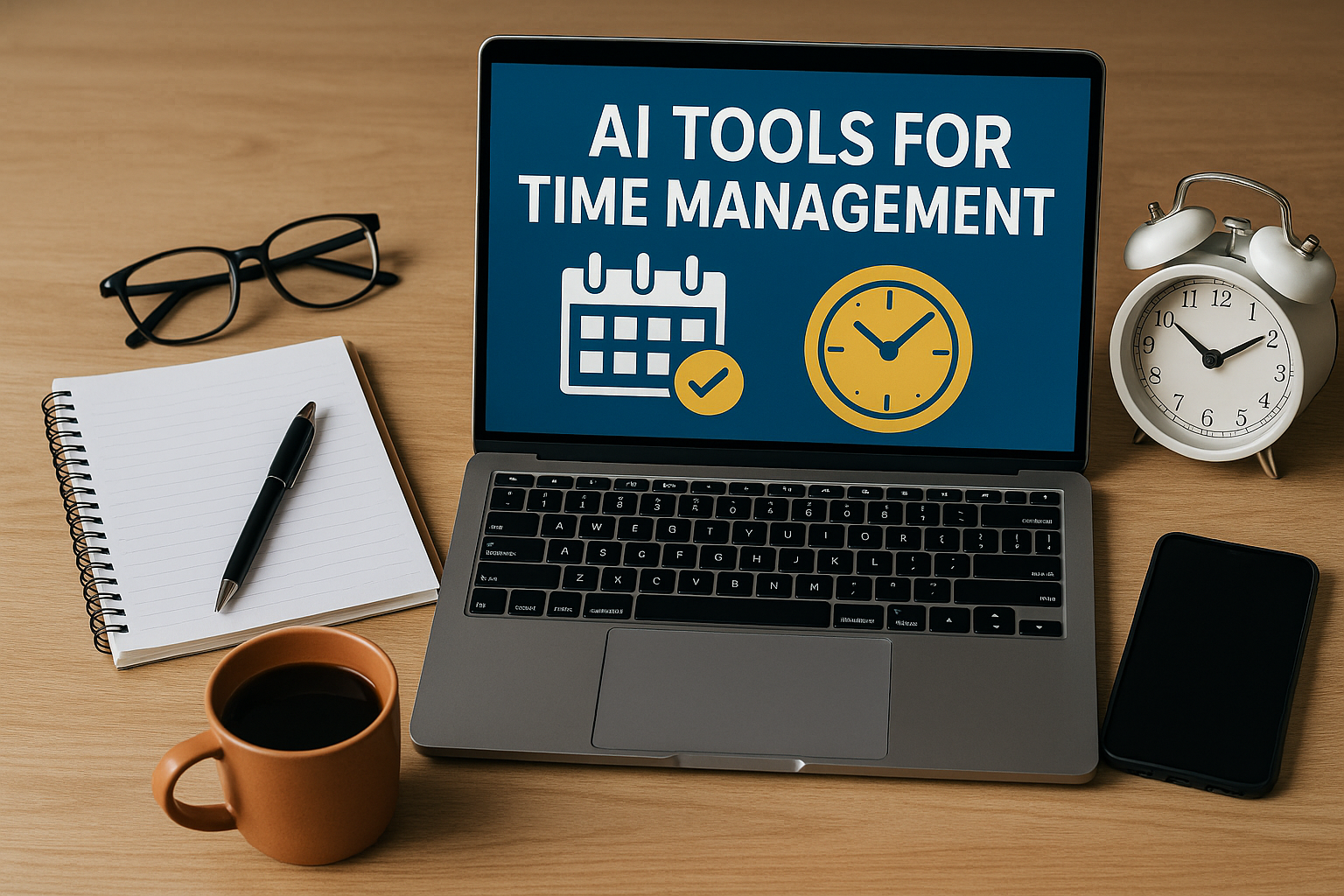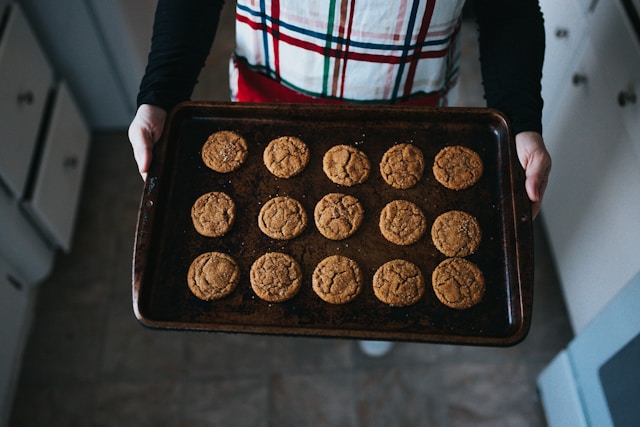Whether you wish to extend your wine list or merely to escalate the customers’ wine experience to the next level, be sure you are armed with the proper wine essentials to accomplish your goals. To maximize the experience, you must have the appropriate tools, training, and storage.
Certifications, Credentials, and Licenses
Right from the start, you need to have the proper documents and training saying that you are legally allowed to serve wine and beer in your restaurant. If you want to serve liquors, you must gain additional certifications and it will generally cost more.
There are many steps to acquiring a beer and wine license, but if you do your homework, it shouldn’t be too difficult. One of the things to consider is the need for a monthly or annual fee to keep your certification valid. You will also want to learn the legal specifications of your state, county, and even city. Some cities or counties have additional rules about the sale and consumption of alcohol. Auto accidents related to drunk driving are common, which is why certain states maintain dram-shop liability laws. These are laws that require bars and restaurants to use reasonable care when serving alcohol.
It’s critical to do your research in regards to the legal sale of wine and beer because breaking the law even once can lead to severe financial and legal cost. If your restaurant is part of a franchise, be aware of the FDD. Franchise Gator explains the FDD contains information about costs and training and support, to hiring employees and securing equipment for your restaurant.
Equipment, Tools, and Accessories

Image source: Wineenthusiast.com
You will require various equipment, tools, and accessories before you will be able to serve wine at a restaurant-quality level. Be sure you have a standard server bottle opener for each server, bartender and any other staff members who may be required to open a bottle, as well as several extra for emergencies.
You will also need a vacuum pump to seal any open bottle of wine from further oxygen exposure. These vacuum pumps will allow an open bottle of wine to last an extra two or three days. Do not forget a wine glass polishing cloth to remove any spots from the glass before serving customers. You should also have several champagne buckets and stands (whichever you prefer), for champagne, white wine and rose.
Decanter
A top decanter is essential for a number of reasons. Even if you choose not to decant each bottle of wine, you should always have several top-rated decanters on hand for those customers who request the use of one. Many customers understand that a decanter will minimize the presence of strong tannins and bitterness of some wines in a significantly shorter amount of time rather than simply allowing a bottle to breathe.
It will also bring the pleasantness of aromatics to the forefront. Another essential reason to decant wine before serving is that you will be able to separate the wine from its sediments that can add an astringent note to older wines.
Wine Glasses

Image Source: VegaDirect.ca
Wine glassware is an essential component of the overall wine experience. You should have a designated glass for reds with a wider bowl that will allow the wine to breathe more easily. You should also have another designated glass for whites with a smaller bowl. It is also essential to have champagne glasses that are much smaller and designed to extend the carbonation life of the champagne.
These are the bare essentials. If you wish to truly enhance the enjoyment of each bottle of wine, you can purchase a specific wine glass for each type of wine. You will also need to decide whether you wish to buy wine glasses made from glass or crystal. High-quality crystal wine glasses are believed to be the best; however, they are extremely expensive, and they break far more easily.
Food Pairing
Before you can buy and sell wine, you have to sit down with your chef and menu creator to determine the best wines to serve with each dish. When food and wine pairing is done correctly, the wine should complement the meal, and the food should bring out the subtle notes of the wine. If you serve red meats or heavy pasta dishes, you want to have the right reds to pair with such bold flavors. If you serve fish and seafood, it will be essential to have the right whites to elevate the flavor profiles of these more delicate dishes. And, you will want to be sure to have at least one middle-of-the-road alternative for someone who may not like either white or red that will pair decently with any type of dish. This could be a rose or another versatile wine.
Pricing

Image source: Must Have Menus
Patrons pay attention to wine prices for many reasons. Some people do not want to pay more than $10 for a glass because they are on a budget. Other people want the most expensive bottle on the menu to impress other dining guests. And, most people just want a great wine for a reasonable price. It is imperative to offer a variety of price points.
You should also provide at least a few wines available for purchase by the glass, as well as many offerings for purchase by the bottle. Do not forget to offer a wine special each week. This could be to sell the remainder of an open bottle that is nearing its expiration date or to push a brand you wish to discontinue.
Server Training
Server wine training is critical for successful wine pairing and wine sales. This part of the process will be time-consuming and challenging, particularly if you have an extensive wine list or a wine list that is constantly changing.
The best way to begin wine training is to focus on the most popular selling wines. If you start with cabernet sauvignon and pinot noir, your servers will likely be able to answer the vast majority of red questions. For white wines, the most popular tend to be chardonnay, sauvignon blanc and pinot grigio. Your servers should also be well versed in descriptive terminology to be able to portray the right notes that each wine might feature such as dry, sweet, fruity, buttery and earthy. And, be sure your servers can open a bottle and pour properly.
Temperature Controlled Storage

Image source: Wine Spectator
A temperature controlled storage space will improve the longevity of your wine, as well as maintain the overall quality of the wine. Heat and humidity will ruin a bottle of wine quickly. The same is true of direct sunlight. It is essential to store your wine, both red and white, in a cool environment. If you have a basement, this is ideal; however, most restaurants do not have this luxury.
It is possible to use temperature controlled storage against a wall out located of the way of heavy foot traffic. It is also possible to dedicate an entire temperature controlled storage room for your wine offerings. Or, you might choose to install a wine rack on a wall to save valuable floor space for additional tables. You could even store the wine offsite if you don’t have the ability to protect it yourself. Wine storage options are becoming an increasingly popular service in many storage facilities. Look into them if you don’t have the ability to store wine yourself quite yet. Remember that wine is delicate
Once you have all the proper wine tools and training in place, you will begin to see improved wine sales and better ratings on review sites. Just a few simple changes in your current wine presentation can make all the difference in the world.
Make sure to keep on eye on our Art & Culture section, where you can find more articles like this!
- Top 10 AI Tools for Time Management in 2025: Boost Productivity and Reclaim Your Time - October 10, 2025
- The Sixth Sense: Signs You’re More Intuitive Than You Think - August 28, 2023
- Unpacking the Phrase: The Deep Meaning of ‘She Distanced Herself to Save Herself - August 2, 2023


